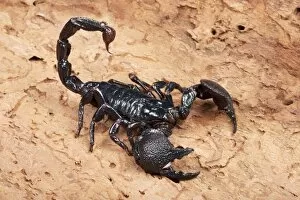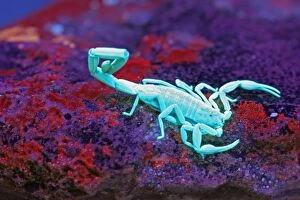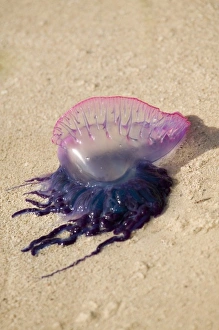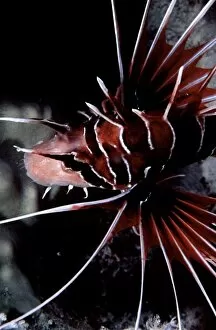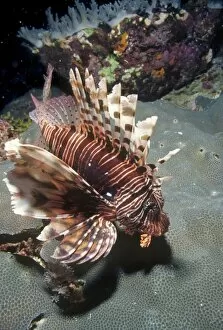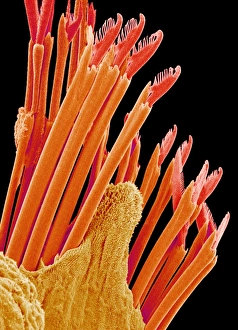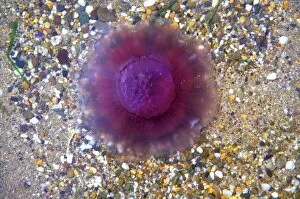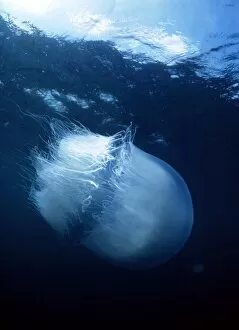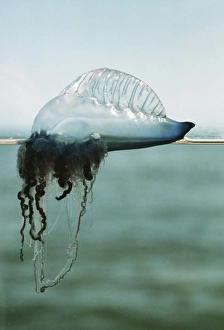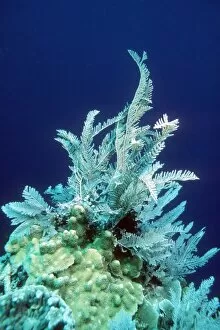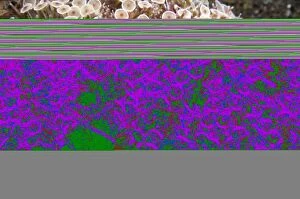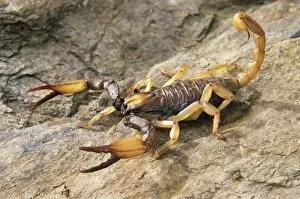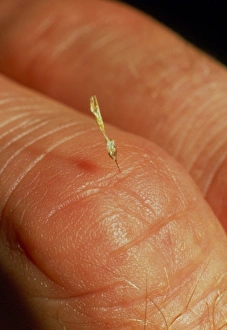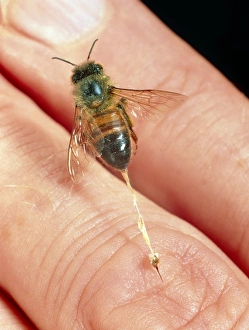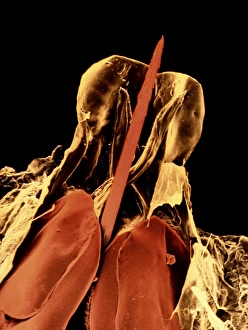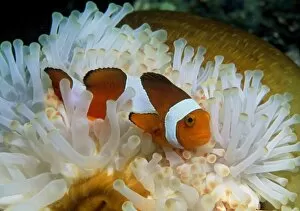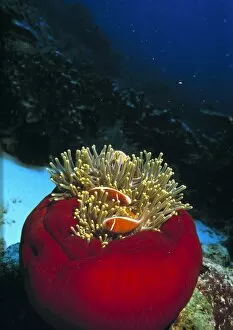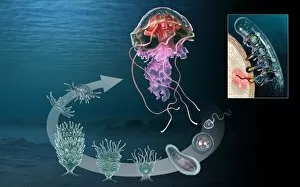Sting Collection (page 5)
"Exploring the Intricate Sting: From Honey Bees to Stingrays and Beyond" The honey bee (Apis mellifera) never ceases to amaze with its intricate internal anatomy
All Professionally Made to Order for Quick Shipping
"Exploring the Intricate Sting: From Honey Bees to Stingrays and Beyond" The honey bee (Apis mellifera) never ceases to amaze with its intricate internal anatomy, as seen in this captivating cross-section. Rev up your engines for a classic beauty - the Chevrolet Corvette Stingray from 1963, painted in a striking shade of red that demands attention on any road. Who knew bee anatomy could be so artistic? This stunning artwork showcases the delicate details of their bodies, highlighting their fascinating stingers. Dive into the mesmerizing world of stingrays with the Blue Spotted Stingray (Dasyatis kuhlii), also known as Kuhls Stingray - an elegant creature gliding through azure waters. Zooming in on nature's weaponry, behold the honey bee stinger under SEM C016 / 8006 magnification - a tiny yet powerful tool used for defense and survival. A glimpse into history reveals the rear of a Wellington Bomber from World War II, reminding us of its formidable sting against enemy forces during aerial combat. Watch out for "The Wasp Sting" – an intense encounter between two adversaries captured in this gripping photograph that showcases nature's raw power. Travel back in time with this vintage litho print from 1852 depicting bees at work, showcasing how these industrious creatures have fascinated humans throughout centuries. Music legend Sting holds his bride Trudie Styler outside Camden register office in London - love is certainly one way to feel that sweet sting. Standing tall and resilient against harsh conditions, admire this cactus isolated on a white background – proof that even prickly beings can thrive beautifully. The Box Jellyfish emerges menacingly from darkness against a black background; its venomous tentacles remind us why it commands respect within marine ecosystems.


